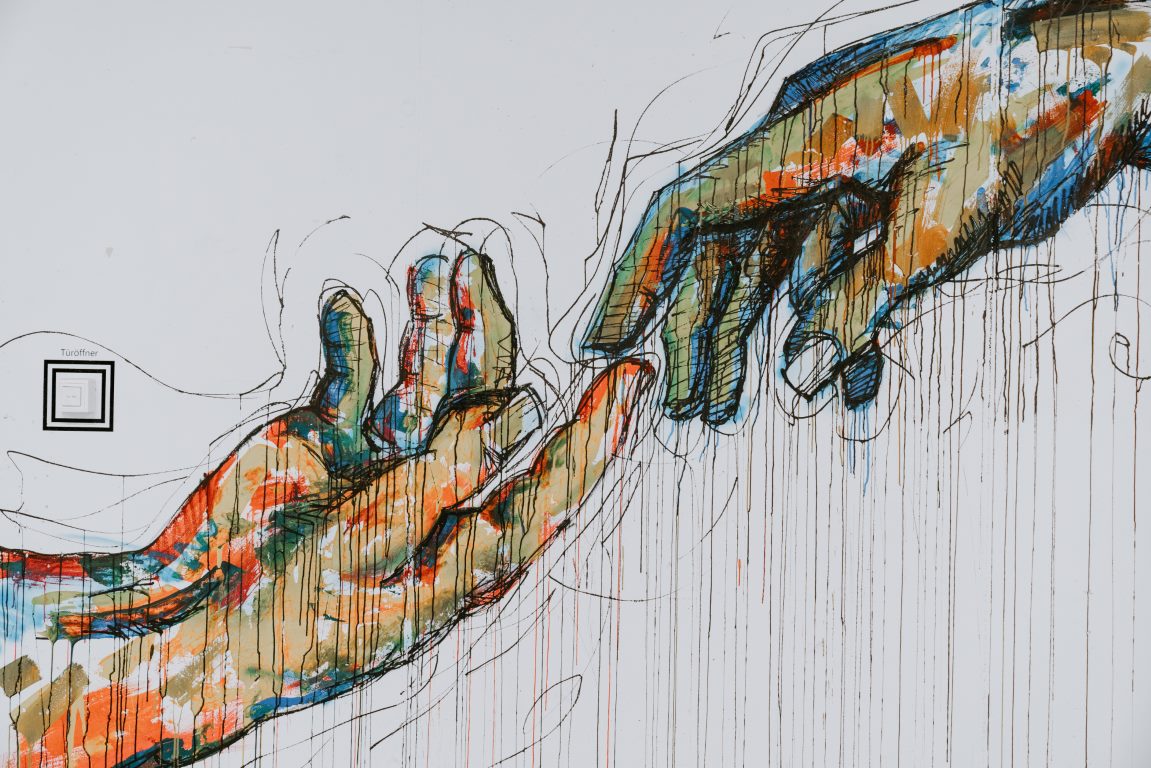How to plan your Omo Valley Tours in Addis Ababa
Looking for an adventure that combines the best of Ethiopia’s National Parks, UNESCO World Heritage-listed sites, and local villages? Look no further than the 13-day Omo Valley Tours. This incredible experience takes you to places other visitors often overlook, including four UNESCO World Heritage sites and three national parks, all while sharing a first-hand look at everyday life in Ethiopia through the lens of a Blue Badge-certified tour guide.Overview of Omo Valley Tours
Duration: 13 days If you’re looking to explore Ethiopia, this all-inclusive tour is the perfect way to do it. With stops in Arba Minch, Jinka, Mago NP, Mursi Tribes, Turmi, Konso, Bishangari and Awassa, you’ll get a chance to see the best that the country has to offer. Private, guided tours with our certified experts take you to a range of stunning sights throughout the tour to make your experience a comfortable and unforgettable one.What’s included in Omo Valley Tours?
- Dinner
- Landing and facility fees
- Breakfast (6)
- Gratuities
Meeting and Pickup details
Pickup Point:
Bole Airport, Addis Ababa, Ethiopia
Start Time:
7:00 AM
Pickup Details:
We will pick up all clients from their hotels or airport in Addis Ababa.
Day-by-day itinerary for Omo Valley Tours
Day 1: Addis Ababa to Arba Minch
– En route to Arba Minch, visit Tiya, one of Ethiopia’s UNESCO World Heritage sites, known for its ancient stele (monolithic stone slabs) that have been standing since the 12th century. – Check in to your hotel in Arba Minch where you will spend the night.Day 2: Arba Minch to Jinka
– After breakfast, visit the local Bahir Dar fish market, where you can witness the local fishermen selling their daily catch, including Nile Perch. – Drive from Arba Minch to Jinka and pass by Konso, stopping to see the unique Konso culture and terracing, along the way. – Enjoy dinner and spend the night in Jinka.Day 3: Jinka to Mago NP, Mursi tribes, then Turmi
– Head to Mago National Park, known for its diverse wildlife and the Mursi tribe, who are known for their lip plates. – Visit a local Mursi village and learn about their customs. – Depart for Turmi and enjoy dinner and a night at a traditional Hamer village.Day 4: Turmi – Key Afer Market – Jinka
– Visit the Key Afer market, and enjoy the lively atmosphere that includes traders and traditional items of the Hamer, Tsemai, Ari, and Bana tribes. – Return to Jinka for dinner and spend the night.Day 5: Jinka to Konso
– Depart for Konso to visit the Cultural Village and Konso Village, which are UNESCO World Heritage Sites. Learn about the terracing, agriculture, and culture of the Konso people. – Check in to your hotel and spend the night in Konso.Day 6: Konso to Bishangari
– Depart for Bishangari, which is a beautiful lakeside location that features hot springs. – Have dinner and spend the night at the Bostin Lodge.Day 7: Bishangari to Awassa
– Head to Awassa, a scenic city that is known for its beautiful lake and birdlife. – Check in to your hotel and take an optional sunset boat tour of Lake Awassa.Day 8: Awassa to Langano
– Drive to Lake Langano, which is the largest lake in the Great Rift Valley, and enjoy swimming and bird watching. – Check in to your hotel and spend the night at Sabana Lake Side Resort.Day 9: Langano Full day relaxation
– Spend a full day relaxing by the lake, unwinding at the Sabana Lake Side Resort.Day 10: Langano to Addis Ababa
– Drive back to Addis Ababa and visit the Entoto Mountain viewpoint, where you can take in a panoramic view of the city. – Visit the National Museum of Ethiopia, where you will find the fossils of Lucy, among other ancient artifacts. – Check in to your hotel and spend the night in Addis Ababa.Day 11: Addis Ababa
– Take a city tour of Addis Ababa and visit several landmarks, such as Meskel Square, Red Terror Martyrs Memorial Museum, and Merkato, the largest Open-air market in Africa. – Return to your hotel and spend the night in Addis Ababa.Day 12: Addis Ababa to Debre Libanos, and back to Addis Ababa
– Visit Trinity Cathedral, St. George’s Cathedral, and National Museum before departing for historic Debre Libanos Monastery. – Return to Addis Ababa and have one last evening in the city.Day 13: End of the Omo Valley Tours
– Spend a leisurely morning at your hotel or visit last-minute sights before departing Ethiopia, which marks the end of this incredible experience.Book your Omo Valley Tours
Ready to book your Omo Valley Tours? You can book the tour here and start planning your next adventure to Ethiopia. This private, all-inclusive tour is just the ticket if you’re looking to experience everyday life in Ethiopia through the lens of a Blue Badge-certified tour guide.
Frequently Asked Questions – Addis Ababa
1. What is Addis Ababa?
Addis Ababa is the capital city of Ethiopia. It is also the largest city in the country and the diplomatic capital of Africa.2. How do I get to Addis Ababa?
Addis Ababa is well connected to the rest of the world through Bole International Airport. Direct flights are available from major cities in Europe, America, and Asia. Additionally, Addis Ababa is connected to other African cities through Ethiopian Airlines, which has its hub in the city.3. What is the local currency in Addis Ababa?
The local currency in Addis Ababa is the Ethiopian Birr (ETB). It is advisable to change foreign currency at banks or licensed forex bureaus.4. What are the must-visit tourist attractions in Addis Ababa?
Addis Ababa has many tourist attractions that are worth visiting. Some of the most popular ones include:- National Museum of Ethiopia
- Holy Trinity Cathedral
- Merkato
- Mount Entoto
- Red Terror Martyrs Memorial Museum
- Ethiopian Ethnological Museum
5. What is the best time to visit Addis Ababa?
The best time to visit Addis Ababa is from October to February when the weather is dry and mild. The rainy season is from June to September, and the city experiences heavy downpours during this time.6. What is the official language in Addis Ababa?
The official language in Addis Ababa, like the rest of Ethiopia, is Amharic. However, English is also widely spoken, especially in hotels, bars, and tourist sites.7. Is Addis Ababa safe for tourists?
Addis Ababa is a relatively safe city for tourists, but it is advisable to exercise caution and take necessary precautions. Avoid walking alone in remote areas, especially at night, and keep your valuables safe.8. What is the cuisine like in Addis Ababa?
The cuisine in Addis Ababa is diverse, with a range of traditional Ethiopian dishes and international cuisine. Some of the must-try dishes in the city include injera (a type of flatbread), doro wat (spicy chicken stew), and kitfo (raw beef marinated in spices).9. What is the nightlife like in Addis Ababa?
Addis Ababa has a vibrant nightlife, with many bars and clubs in the city. Some of the popular areas for nightlife include Bole, Piazza, and Kazanchis.10. What is the traditional dress in Addis Ababa?
The traditional dress in Addis Ababa, like the rest of Ethiopia, is called a habesha kemis for women and a shawl-like garment called a netella for men. These garments are made from cotton and are brightly colored and embroidered.Book Your Tour Now
Addis Ababa is a bustling city with a rich history and culture. It offers a range of tourist attractions, from museums and monuments to traditional markets and restaurants. By following basic safety precautions, visitors can enjoy the city and all it has to offer.
How to Spend your Time as a Tourist in Addis Ababa
If you are planning a trip to Ethiopia, Addis Ababa should be one of the top places to visit. The capital city of Ethiopia is a bustling metropolis with a rich history, diverse culture, and plenty of fascinating sites to see. To help you make the most of your time there, we’ve put together a guide on how to spend your time as a tourist in Addis Ababa.Visit the National Museum of Ethiopia
The National Museum of Ethiopia is a fascinating place to discover Ethiopia’s history, culture, and art. The museum was established in 1936, and it houses a vast collection of Ethiopian artifacts, including ancient fossils, tools, and paintings. The most famous exhibit is the Lucy exhibition, which is a display of remains of an early human species discovered in Ethiopia.Explore the Holy Trinity Cathedral
The Holy Trinity Cathedral is one of the most significant religious sites in Addis Ababa. The cathedral is the final resting place of Emperor Haile Selassie, and it was built to commemorate Ethiopia’s victory over Italy in the Battle of Adwa. The cathedral’s architecture is a mix of Ethiopian and European styles, and it is adorned with beautiful stained-glass windows.Experience the Merkato Market
The Merkato Market is the largest outdoor market in Africa, and it is a giant maze of shops, stalls, and vendors selling everything from spices to clothing, electronics to souvenirs. Exploring the market can be a little overwhelming, so it’s best to hire a local guide to help you navigate your way.Visit the Ethiopian National Theatre
The Ethiopian National Theatre is the most important venue for the performing arts in Ethiopia. The theatre regularly hosts plays, concerts, and cultural shows, and it is a great place to experience Ethiopian music, dance, and theater.Discover the Entoto Mountains
The Entoto Mountains are a short drive from Addis Ababa, and they offer an excellent opportunity to escape the hustle and bustle of the city for a few hours. The mountains are known for their stunning vistas, hiking trails, and traditional Ethiopian villages.Explore the Addis Ababa Museum
The Addis Ababa Museum is a perfect place to learn about the history of the city. The museum is located in the former palace of Emperor Haile Selassie, and it showcases the evolution of the city from its humble beginnings to its position as the capital of Ethiopia.Experience Ethiopian Cuisine
Ethiopian cuisine is renowned for its unique flavors, textures, and spices, and Addis Ababa is the best place to sample it. Ethiopian food is typically served on injera, a spongy bread made from teff flour, and it is usually eaten with small dishes known as wats. Some of the best places to try Ethiopian food in Addis Ababa include Yod Abyssinia and Habesha 2000.Take a Day Trip to the Debre Libanos Monastery
The Debre Libanos Monastery is a 13th-century church located in the mountains outside of Addis Ababa. The church is perched on a cliff and offers stunning views of the surrounding valleys. The surrounding area is also home to several hiking trails, waterfalls, and wildlife.Final Thoughts
Addis Ababa is a fascinating city with plenty of sites and experiences to offer visitors. From its rich history to its vibrant culture, Addis Ababa is a destination that should be on everyone’s travel bucket list. So, make sure to plan your visit and take the time to explore this vibrant city.Table of Contents

